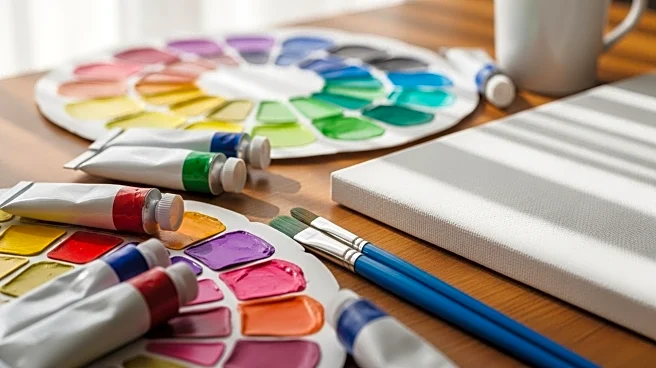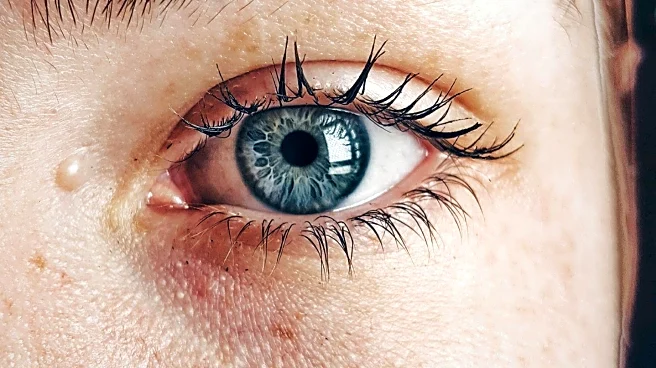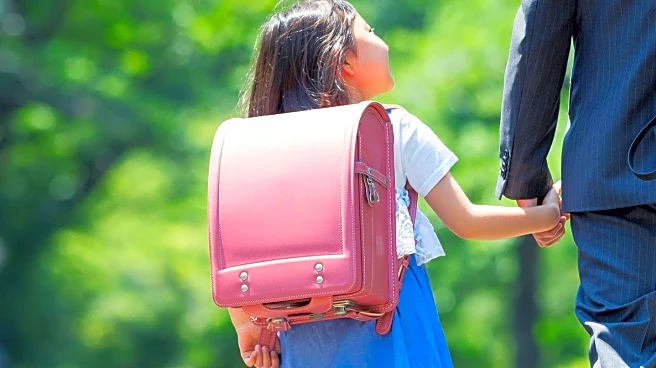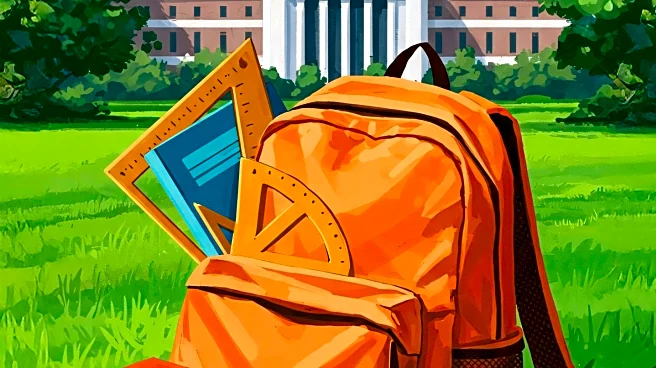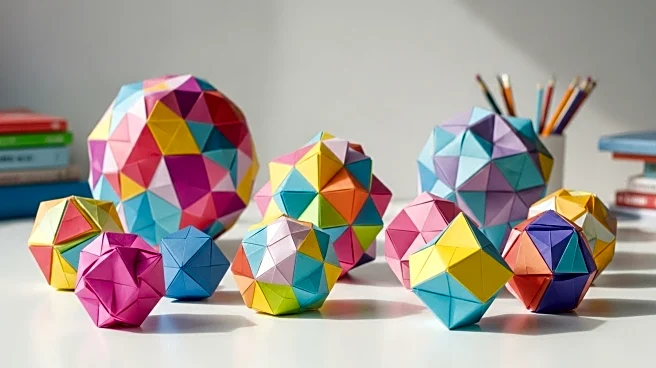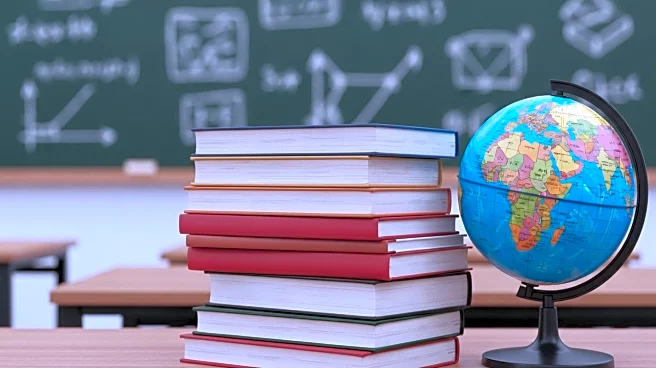What is the story about?
Visual arts education plays a crucial role in developing students' skills and understanding of meaning-making. It enhances academic performance and fosters social and emotional development. Students engaged in art education often exhibit improved reading comprehension, mathematical achievement, and overall academic success. Art education also supports social skills through collaborative projects and individual expression, helping students learn communication, empathy, and teamwork.
Core Facts
Art education significantly contributes to improved academic performance. Studies have shown that students involved in the arts score higher on standardized tests compared to their peers who do not participate in such programs. This link between art education and academic achievement underscores the importance of integrating arts into school curricula.Notable Details
Engagement with the arts teaches youth to perceive complexity as pleasure and possibility, rather than as irritating uncertainty. Heightened self-awareness gained through art education extends to heightened awareness of others, fostering empathy and understanding.Comparisons and Contrasts
Compared to other educational programs, art education uniquely supports social and emotional development. At-risk students who engage in art activities are more likely to develop a sense of identity and confidence, stay in school longer, and avoid negative behaviors.Key Data Points
The National Endowment for the Arts reports that art education helps at-risk students develop a sense of identity and confidence. These students tend to stay in school longer and are less likely to engage in negative behaviors, highlighting the transformative impact of art education.AI Generated Content
Do you find this article useful?
